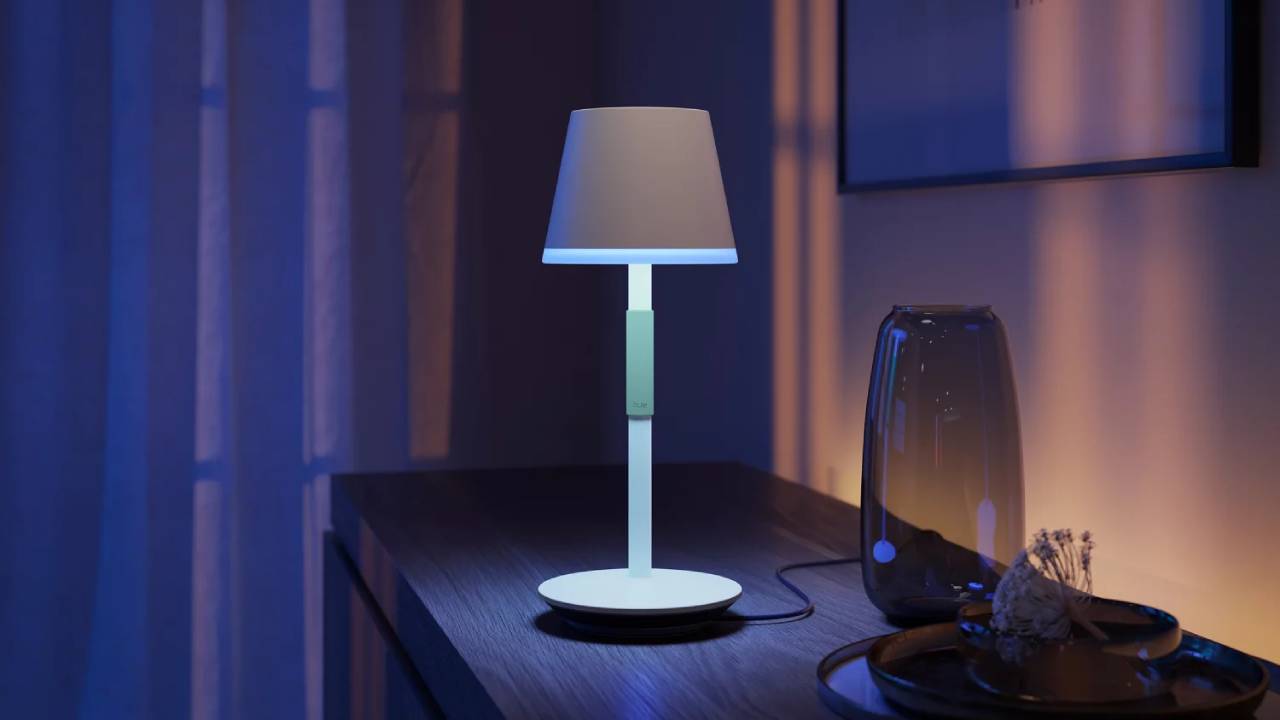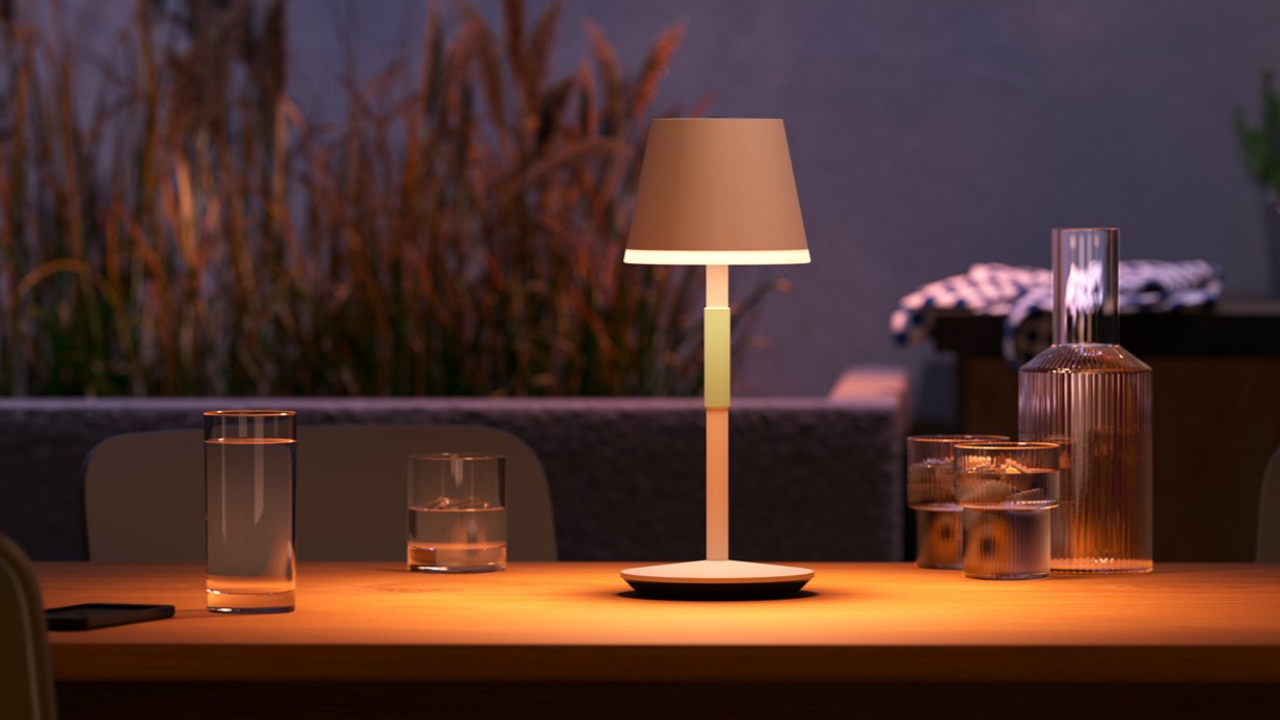
According to new rumours, Philips Hue could be adding motion sensing technology to its smart lighting devices. Taking a leaf out of WiZ’s book, Philips Hue looks to be expanding how its smart lighting works and responds to movement, helping users better control and manage their smart home devices.
Philips Hue is well known for its range of the best smart bulbs for both inside and outside of the home. While the brand was initially all about lighting, it has seen some major upgrades this year, like integrating Matter support to its Philips Hue Bridge and adding its first ever smart cameras and sensors to its line-up of lighting.
Now, according to the Hue Blog, Philips Hue has plans to turn its smart lamps into motion sensors to increase its products’ versatility. As stated in the blog, “there are already a number of ways to control the smart lamps from Philips Hue, via app, automation, voice control or with smart accessories such as the Hue dimmer switch or the Hue motion sensor.”
It goes on to say that “there could soon be a magical new alternative to the motion sensor – and the Philips Hue smart lamps will be at the centre.” Rumours have stated that Philips Hue has been working on motion sensing features for years but the progress is unknown, and when we can expect to see this feature is unclear, too.
But what does this new motion sensor technology do? Philips Hue has a number of lamps under its belt, including table lamps, floor lamps and the 5-star Philips Hue Go Portable Table Lamp. The new rumoured motion detection is expected to respond by turning lights on or off when humans walk by them.

Earlier this year, Philips Hue sibling brand, WiZ launched a similar feature called SpaceSense. WiZ’s SpaceSense technology automatically turns on the lights when you enter a room and off when you leave using Wi-Fi signals. Many Philips Hue lights rely on Zigbee rather than Wi-Fi (although you can connect to Wi-Fi using the Philips Hue Bridge) so it’ll be interesting to see how the motion sensing technology will be operated.
Not only does SpaceSense use Wi-Fi signals to detect movement, but it also allows users to adjust settings to monitor motion in certain areas and over a set period of time. This feature typically needs two or more compatible lights in the same area for it to work.
This new rumour gives us the impression that Philips Hue is taking inspiration from WiZ by turning its smart lamps into motion sensors. However, this speculation leaves more questions than answers. Will the sensing be able to tell between humans and pets? Will you need multiple lamps to use this feature? How does Zigbee come into this? And most importantly, when will this feature be available?
While we don’t have much information surrounding this feature yet, sources are speculating that the motion sensing feature could debut during CES 2024.







